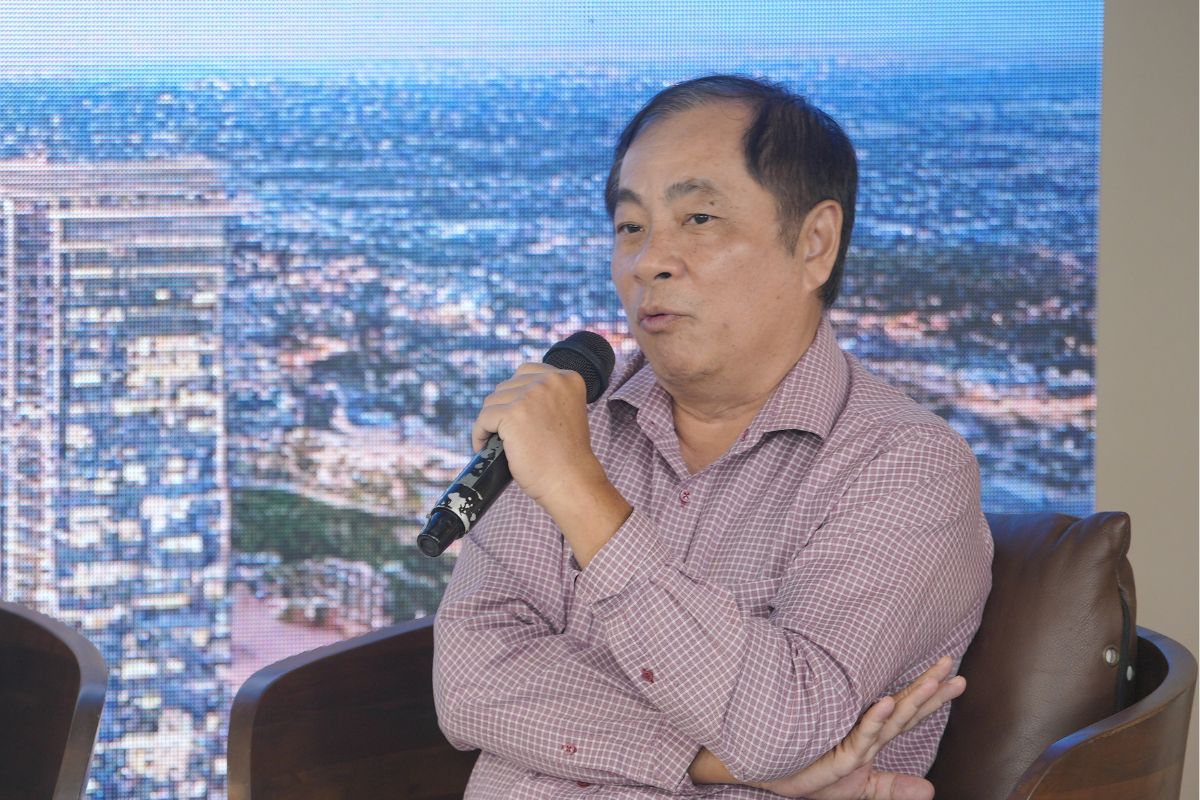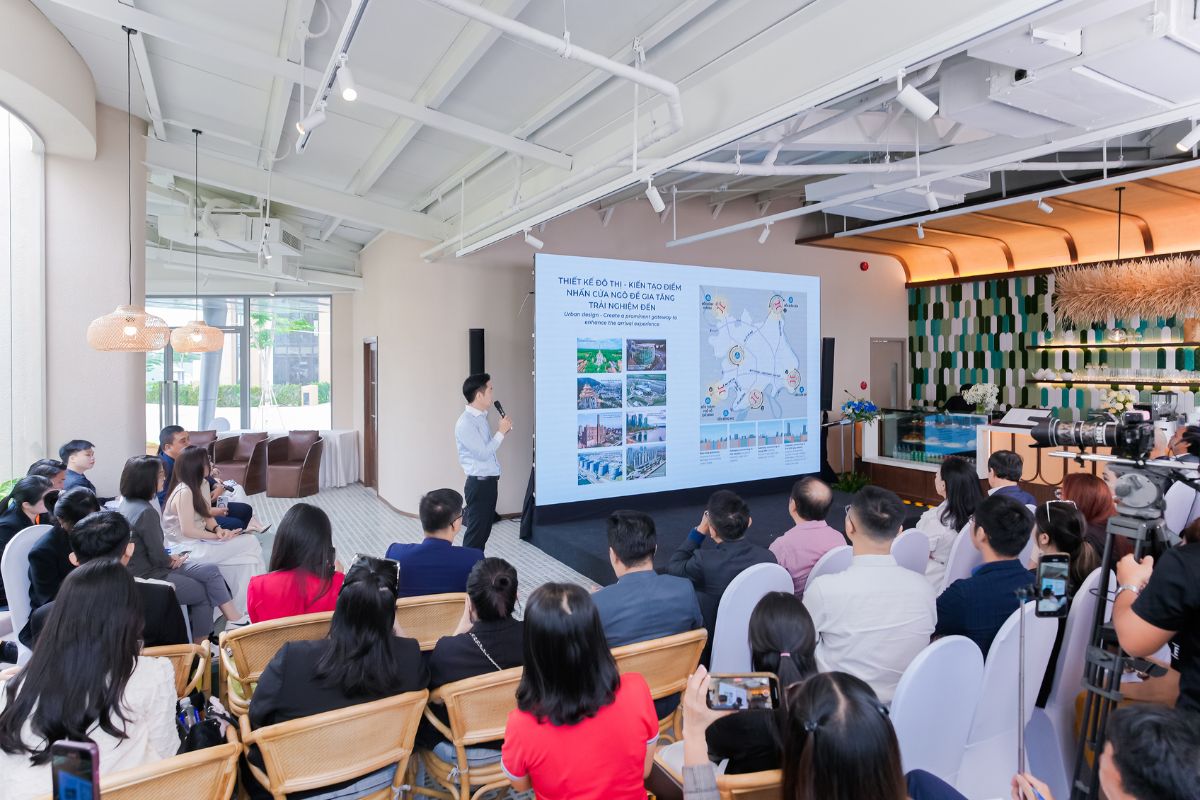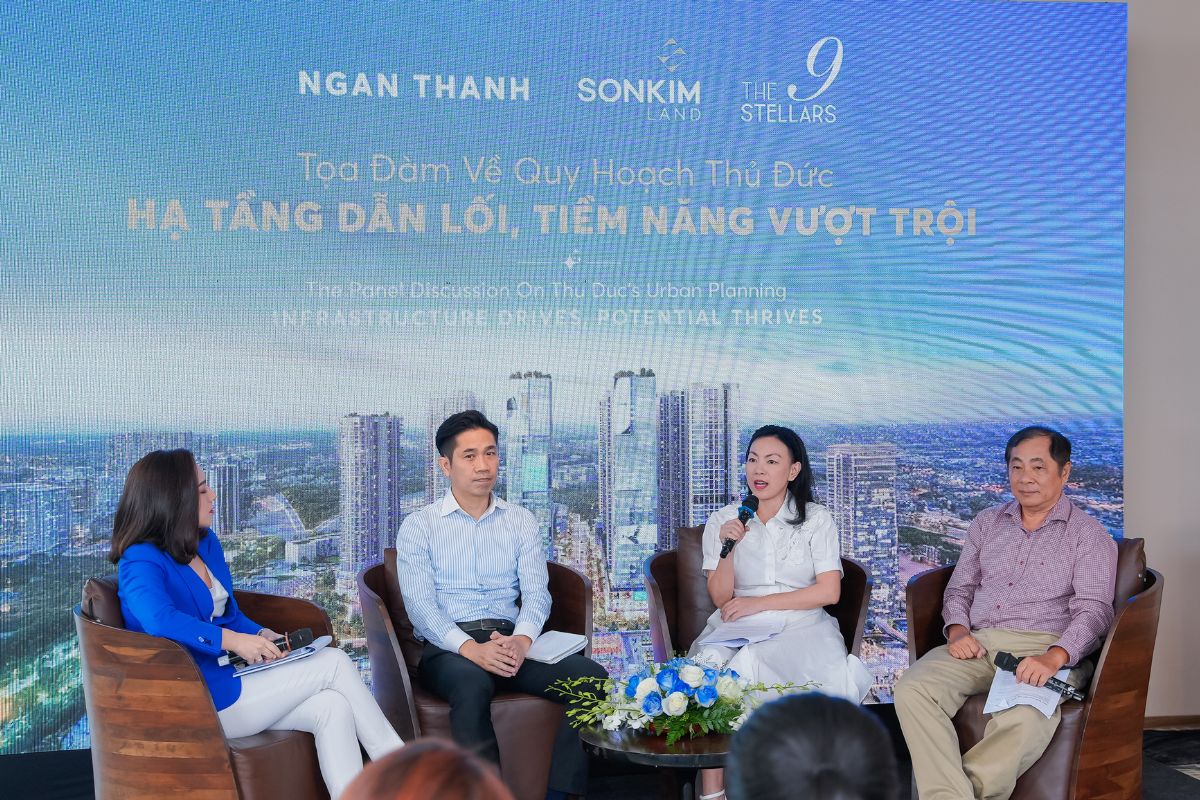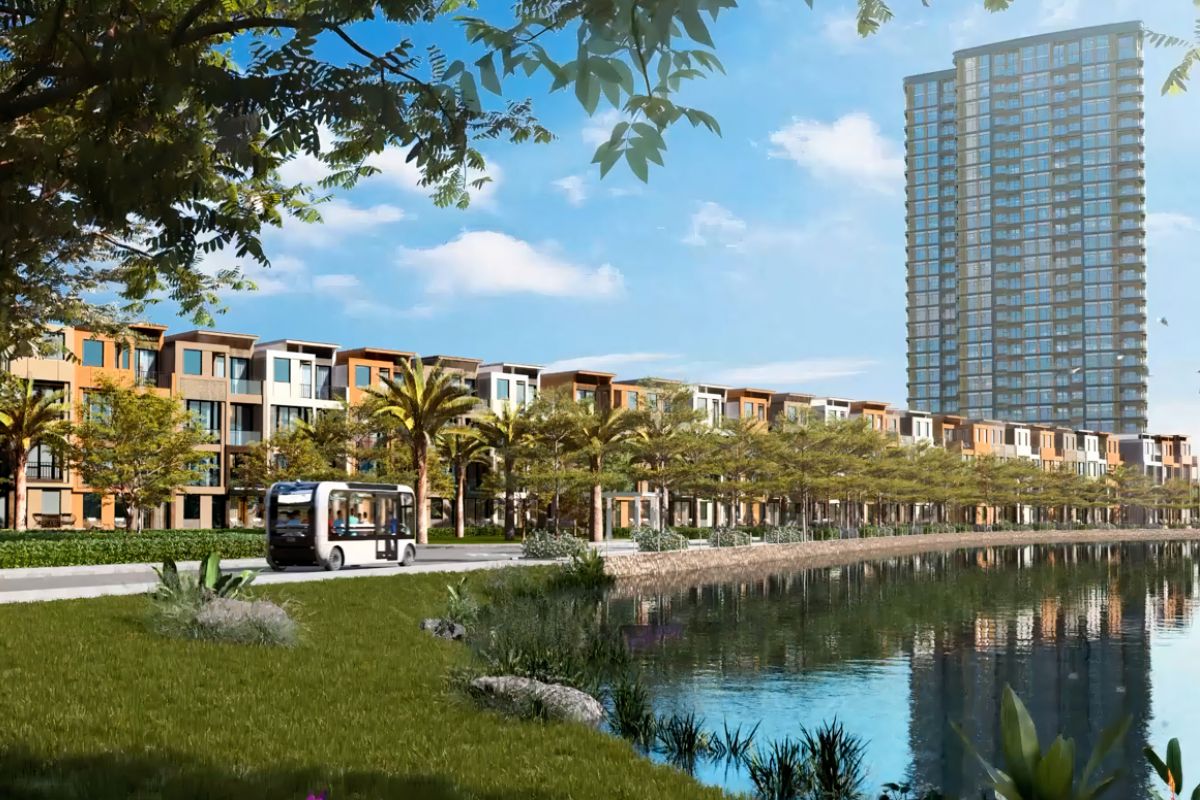Thu Duc Zone 4 Poised To Become A Model For Tod Urban Strategy
Thu Duc City’s Zone 4 possesses three "golden factors" - gateway location, infrastructure, and land resources - making it a strong candidate for transit-oriented development (TOD), according to Mr. Dinh The Hien, PhD.
This insight was shared during the "Master Plan Panel Discussion for Thu Duc until 2040" seminar, broadcast on VnExpress' Facebook page on March 21. Experts highlighted that Zone 4 (comprising Long Binh Ward and parts of Tan Phu and Long Thanh My Wards) meets all the criteria for TOD-an urban model that integrates public transit with urban development.
Mr. Dinh The Hien, PhD, an Economic and Urban Planning expert, explained that by 2030, Thu Duc City is planned to be divided into nine functional zones, with Zone 4 standing out due to its strategic position as the East end’s gateway. It connects to Metro line no.1 (Ben Thanh – Suoi Tien), Saigon Hi-Tech Park, and Thu Duc’s administrative center. With vast land availability and a prime location linked to Dong Nai and Binh Duong, the area has significant potential to drive economic growth. As a result, well-planned real estate projects in the very "core center" of Zone 4, such as The 9 Stellars, stand to benefit greatly.
"This area is unique in that it simultaneously offers public transportation access, possesses a highly educated workforce, and abundant land. If properly planned, it could become a TOD model, unlocking multifaceted economic ", Mr. Hien emphasized.
Transit-Oriented Development (TOD) is an urban model designed around public transit systems such as metro lines, buses, and urban railways. TOD areas concentrate residential and commercial hubs around transit stations to maximize land efficiency, enhance connectivity, reduce traffic congestion, lower pollution, save commuting time, and improve overall quality of life.

Mr. Dinh The Hien, PhD, economist and urban planning expert, sharing insights at the Thu Duc planning panel discussion.
MULTI-MODAL TRANSPORTATION SYSTEM
To further illustrate the area's significance, urban planning expert Nguyen Anh Tuan provided additional analysis. Zone 4 is planned as a key transportation hub, connecting major bus routes to Tan Son Nhat Airport, Mien Dong Bus Station, the National University area, and Long Thanh Airport.
The new master plan also includes five urban railway lines in addition to MRT Line 1, along with two major regional bus corridors. This forms the backbone of Thu Duc City's public transportation network. Notably, within a 1-km radius of Zone 4, there are three transit stations: the existing Mien Dong Bus Station, a future station on the MRT line to Binh Duong’s New City and to Bien Hoa.

Mr. Nguyen Anh Tuan, urban planning expert, analyzing key transportation routes.
Furthermore, the area is planned for the development of waterway transport and bicycle lane infrastructure. Specifically, water buses on Level IV rivers and canals will integrate with main cycling routes along these corridors. This combined system will enhance the efficiency of mass public transit while also supporting tourism and daily commuting.
Metro lines-the backbone of the TOD model
Experts have repeatedly emphasized the crucial role of the metro system in driving TOD development in Zone 4. Ms. Nguyen Thi Hong Trang, PhD, Economic Expert and Board Member of SonKim Group, pointed out that Zone 4 is one of Thu Duc’s five key development areas because it hosts the final station of Metro line no.1. This station serves as the eastern gateway, connecting to Bien Hoa and Dong Nai.
Beyond reducing traffic congestion, Metro line no.1 fosters the creation of high-density urban areas around transit hubs, stimulating the growth of residential, commercial, and high-end service districts. "Metro line no.1 will have a profound impact on the housing market, encouraging urban expansion beyond the existing urban core center", Ms. Trang emphasized.

Experts discussing the potential of Thu Duc's Zone 4 to become a TOD hub.
Examples from all over the world underscores the metro’s role in boosting real estate values. In Japan, property prices near metro lines increased by 30%-50% after completion. Similar trends have been observed in South Korea and Singapore, where public transit has driven sustainable urbanization.
However, merely being close to a metro line does not make a project TOD-compliant. A true TOD model requires integrated development between transport infrastructure, residential spaces, and urban services. The 9 Stellars stands out by being well-connected to Metro line no.1 and the new Mien Dong Bus Station, aligning with Zone 4’s TOD planning vision while benefiting from the green space of Thu Duc’s National Historical-Cultural Park.

The 9 Stellars holds significant advantages to become a model TOD urban development in the East end region.
The 9 Stellars is designed as an "all-in-one" urban model, maximizing public transit use, promoting walkability, reducing carbon emissions, and fostering a green living environment. The area is also home to major corporations and attracts high-quality talent due to the presence of the High-Tech Park and the National University Village.
"This is a textbook example of TOD development, aligned with the growing trends of leading global cities. As TOD becomes a mainstream strategy, choosing the right project for investment is increasingly critical", Ms. Trang noted.
SonKim Land, the developer behind The 9 Stellars, is renowned for high-end projects such as The Metropole Thu Thiem. With its strategic "core center" location in Zone 4, The 9 Stellars is poised to become a highlight in Thu Duc’s real estate market.
On March 17, SonKim Land signed a partnership with renowned construction corporation Coteccons to execute the Alpha Residence tower. This agreement underscores the commitment to quality and progress, reinforcing investor confidence in the development of a true TOD-standard urban area in eastern Ho Chi Minh City.
